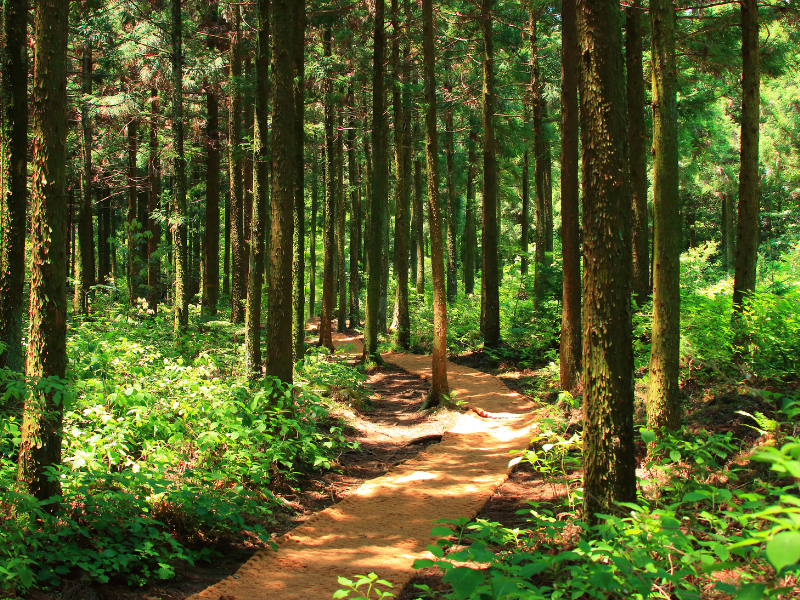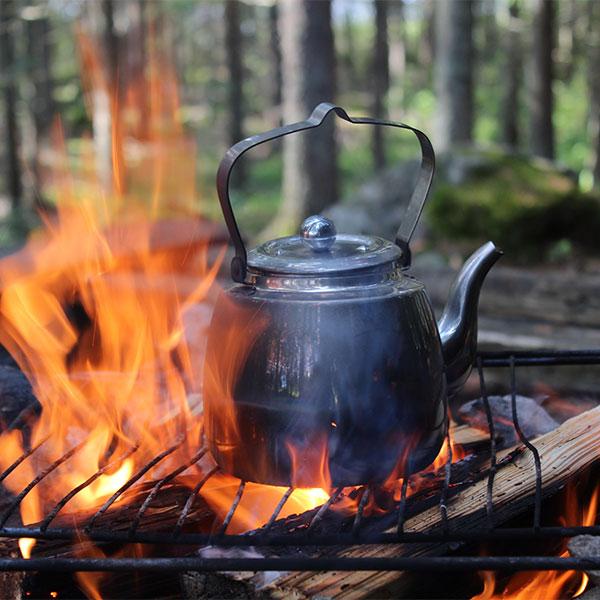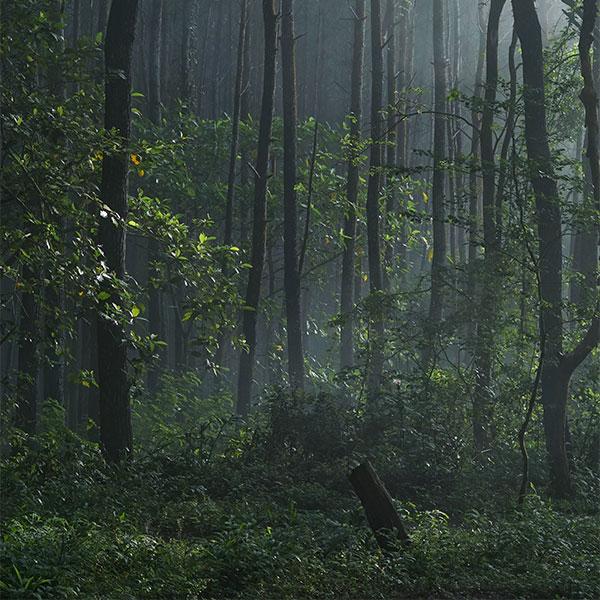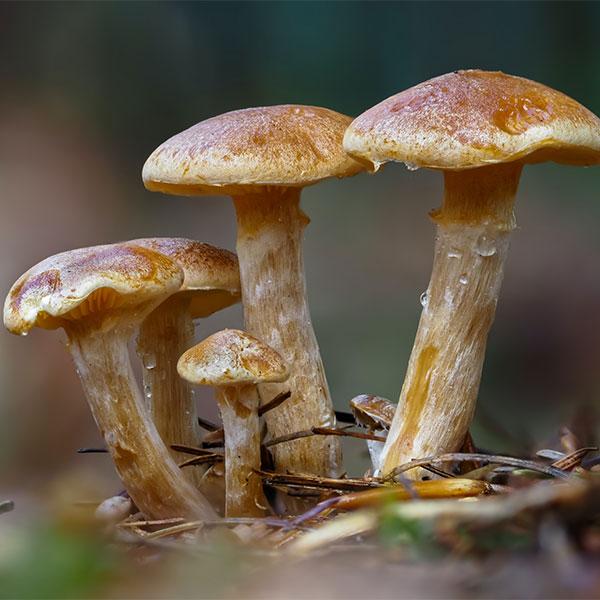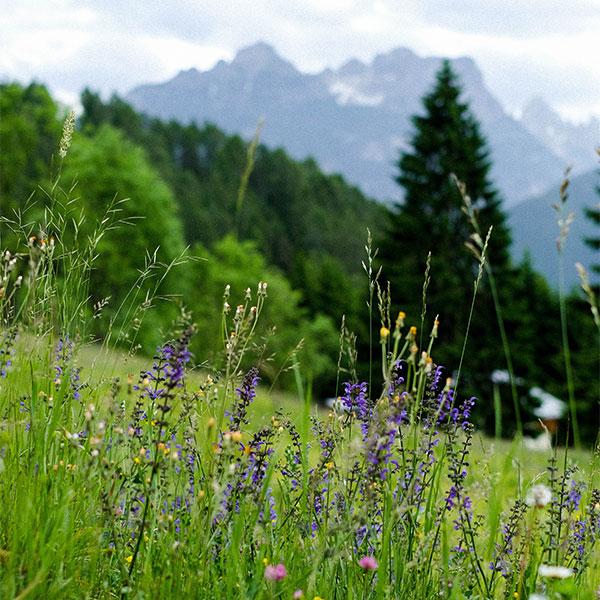Getting stranded or lost can happen to anyone. Knowing how to find water in these situations is crucial for survival. Here are some essential tips and techniques for locating and collecting water in almost any environment.
The Importance of Water
Your body requires at least 2 quarts of water daily, and it's recommended to store 1 gallon per person per day for emergencies. Without water, your body can only survive for about three days, and dehydration can cause severe health issues.
Stay prepared with emergency water containers for your home
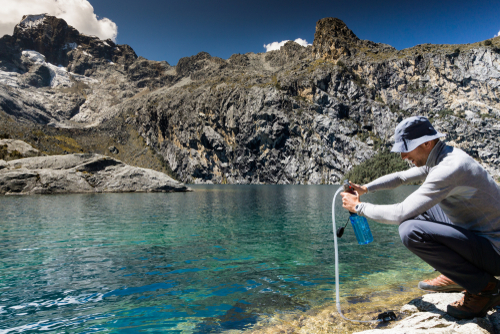
Locating Water
- Look & Listen: Listen for water sounds and look for vegetation, which often grows near water sources like streams and lakes.
- Animals: Animal tracks and insects can guide you to water. Birds often fly toward water in the morning and evening.
- Rainwater: Use containers or ponchos to collect rainwater, which is generally safe to drink.
- Digging: Dig in muddy areas to access underground water. Filter it if necessary.
- Snow & Ice: Melt before drinking to avoid lowering your body temperature. Purify the water if possible.
- Vegetation: Fruits, coconuts, cacti, and morning dew on plants can provide drinkable water.
Collecting Water
- Belowground Still: Dig a hole in a sunny, moist area with foliage. Place a container at the bottom, cover with plastic, and weight the center down. Water will condense on the plastic and drip into the container.
- Beach Well: Dig a 3-foot hole behind the first sand dune near an ocean or lake. Line it with rocks and wood to collect filtered water. Move farther from the waterline if the water tastes salty.
Watch this helpful video for more tips:
What Techniques Do You Know?
It’s important to be prepared for emergencies. Have you developed any techniques for finding water? Share your tips and experiences in the comments below. Your insights could help others survive in challenging situations.
Shop Emergency Supplies












